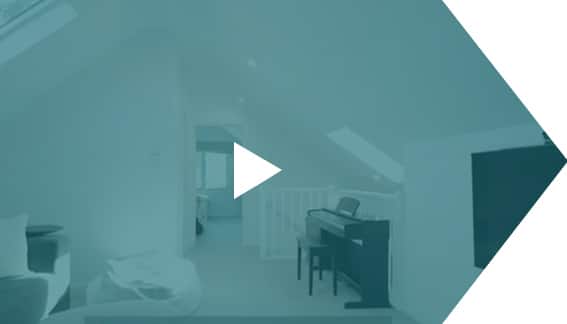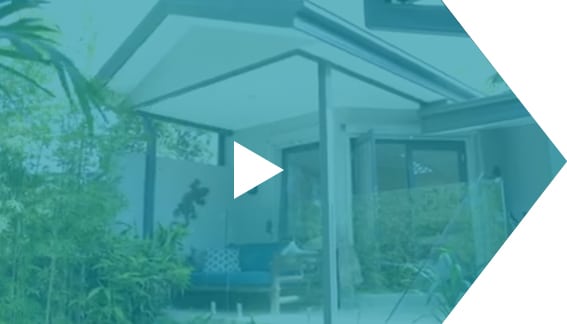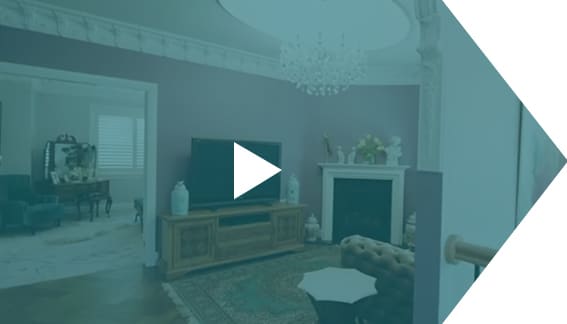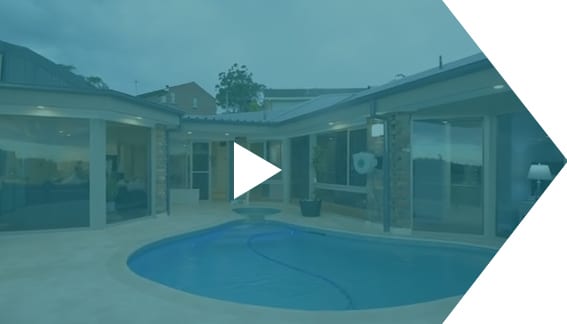As Australian cities become more crowded and land prices soar, homeowners are looking for innovative ways to expand their living space without sacrificing outdoor areas or relocating from beloved neighbourhoods. One increasingly popular solution is adding a second storey to an existing home. But is this the right option for you?
Whether you’re trying to accommodate a growing family, add value to your property, or modernise your lifestyle, this in-depth guide will help you decide if a second storey is a wise investment for your home renovation plans.
Why Homeowners Across Australia Are Adding a Second Storey
The second-storey trend isn’t just a design fad, it’s a response to real-life pressures and opportunities. With limited space on single blocks, especially in inner suburbs of Sydney, Melbourne, Brisbane, and Perth, homeowners are building upwards rather than outwards.
1. Preserve Your Outdoor Lifestyle
A huge advantage of adding a second storey is the ability to preserve your backyard. In Australia, outdoor living is central to our culture, with families valuing gardens, barbecues, and alfresco areas. Instead of encroaching on your green space with a ground-level extension, a second storey allows you to expand vertically and keep your garden intact.
2. Cater to a Growing Family
As children grow or multigenerational living becomes more common, the demand for extra bedrooms, bathrooms, or private zones increases. A second storey enables you to create specific zones, such as children’s bedrooms upstairs and adult retreats or guest rooms downstairs.
3. Future-Proof Your Home
Thinking long-term is key when renovating. A second storey can accommodate changing family dynamics, future home office needs, or even the possibility of generating rental income through a self-contained upper level.
4. Avoid the Hassle of Moving
Selling a home and relocating is not only expensive but also emotionally taxing. Stamp duty, legal fees, agent commissions, and moving costs can quickly add up. A second storey allows you to stay in the location you love, close to schools, work, and community ties, without the hassle of uprooting your life.
What to Consider Before Adding a Second Storey
While the benefits of a second storey are plentiful, it’s not a simple undertaking. Detailed planning, professional guidance, and careful budgeting are essential.
1. Structural Suitability
Not every home can support the weight of a second storey. Homes with timber or lightweight steel frames are often more easily adapted, but older brick or weatherboard homes might require significant reinforcement. A structural engineer will need to inspect your current home to determine if the foundations and walls can bear the additional load.
2. Planning Permissions and Council Regulations
Each local government area (LGA) in Australia has specific planning regulations regarding second storey additions. You may face restrictions on:
- Building height limits
- Overlooking and privacy concerns
- Setbacks from property boundaries
- Streetscape aesthetics
You’ll need to apply for Development Approval (DA) and then Construction or Building Approval (BA). In some cases, you may also need to notify neighbours or address heritage overlays. Working with a professional who understands your local planning framework can streamline the process.
3. Your Budget
Building a second storey is one of the more expensive forms of home renovation. Costs in Australia typically range from:
- $200,000 to $350,000 for partial additions (e.g., over a garage or part of the home)
- $400,000 to $650,000+ for full second storey additions
The cost will vary depending on:
- The materials used (lightweight vs. masonry)
- Size and scope of the addition
- Inclusion of bathrooms or plumbing
- Roofing and external façade changes
- Staircase installation
- Internal finishes and insulation
It’s crucial to factor in contingency costs, budget at least 10–20% extra for unforeseen expenses.
4. Temporary Disruption and Relocation
Building a second storey often involves removing the existing roof, which exposes the home to the elements and can make it unliveable for several weeks or months. Some homeowners choose to stay with family or rent temporary accommodation. Be sure to include these living costs in your renovation budget.
Common Second Storey Design Options
Depending on your needs and existing house structure, there are several types of second storey extensions to consider:
🔹 Full Second Storey Addition
A full second storey replicates the footprint of the ground floor, essentially doubling your liveable space. It is best suited for families looking for maximum space or those planning for long-term living.
🔹 Partial Second Storey Addition
Ideal for smaller budgets or homes with specific spatial requirements, this option adds an upper floor above one section of the home, such as the garage or living area.
🔹 Parents’ or Teenager’s Retreat
Many families opt for a private master suite or teenage retreat upstairs, providing privacy and separation between generations within the household.
🔹 Home Office or Studio Space
With the rise in remote work, a second storey is the perfect place to design a peaceful office or creative studio away from household distractions.
How to Maximise the Value of Your Second Storey
Building up gives you a fantastic opportunity to modernise and enhance your entire home. Here are design and functional tips to get the most from your investment:
✅ Open-Plan Design
Consider an open-plan layout for the upstairs area to create light-filled, flexible spaces that suit modern living.
✅ Enhance Street Appeal
A well-designed second storey can dramatically improve your home’s exterior appearance. Opt for materials and finishes that complement or update your existing façade.
✅ Improve Energy Efficiency
Insulate walls and ceilings well, install solar panels, and use energy-efficient windows and ventilation systems to keep the second storey comfortable all year round.
✅ Add a Balcony or Terrace
A balcony offers outdoor living space upstairs, enhances the view, and adds architectural interest. Just ensure it complies with local regulations on height and privacy.
✅ Install a Feature Staircase
The staircase connecting your second storey should be both functional and stylish. Glass balustrades, timber treads, or floating staircases can all make strong visual statements.
Potential Challenges and How to Overcome Them
Building a second storey isn’t without its hurdles. Here’s what to watch out for and how to manage the process:
🚫 Delays in Planning Approvals
Allow sufficient time, up to several months, for council approvals. Engage a designer or builder who is familiar with your local area to help streamline the application process.
🚫 Budget Overruns
Always have a buffer in your renovation budget. Hidden issues such as asbestos, structural deficiencies, or weather-related delays can increase costs.
🚫 Neighbour Disputes
A second storey can impact neighbouring properties in terms of privacy, sunlight, and views. Clear communication and compliance with planning regulations can help maintain good relationships.
🚫 Access Issues
Ensure your site allows easy access for scaffolding, materials, and tradespeople. This is particularly important in narrow-lot suburbs or inner-city areas.
Eco-Friendly Second Storey Tips
If sustainability is a priority, your second storey addition can be both green and comfortable:
- Use lightweight construction materials to reduce environmental impact
- Install double-glazed windows to improve insulation
- Design for cross-ventilation to reduce air conditioning reliance
- Integrate solar power and rainwater tanks
- Opt for low-VOC paints and sustainable timber
Second Storey Case Study (Example)
Location: Eastern Suburbs, Sydney
Original Home: Single-storey, three-bedroom cottage
Homeowner Goal: Create more space for teenage children and working from home
Solution: A full second storey was added, including three bedrooms, two bathrooms, and a study nook. Downstairs, the kitchen and living room were renovated to connect to the backyard. The staircase became a central design feature, and large upstairs windows provided ocean glimpses.
Outcome: Property value increased by 35%, and the family was able to remain in their neighbourhood while gaining significant space and lifestyle improvements.
Frequently Asked Questions (FAQs)
1. Will a second storey affect my home’s structural integrity?
If designed and built correctly, a second storey will enhance, not harm, your home. Always consult a structural engineer and licensed builder to ensure your home can support the addition.
2. Do I need council approval for a second storey?
Yes, in almost every case. You will need Development and Building Approval from your local council. Some areas offer Complying Development pathways for faster approval, depending on the scope of work.
3. Can I customise the layout of my second storey?
Absolutely. You can design the second storey to meet your family’s unique needs, whether that means extra bedrooms, a home office, or a luxurious master suite.
4. Will I lose natural light downstairs after building up?
If not designed properly, yes. However, a good designer will factor in light flow, window positioning, and skylights to ensure your downstairs rooms remain bright and welcoming.
5. Is a second storey worth the investment?
In most urban and suburban areas in Australia, yes. A well-executed second storey can add significant value to your property, often exceeding the cost of construction over time.
Conclusion
A second storey addition can dramatically transform your home, increase its value, and improve your family’s lifestyle, all while allowing you to remain in the neighbourhood you love. Whether you’re in Sydney, Adelaide, Melbourne, or regional Australia, building up is an efficient solution to the age-old space dilemma.
However, it requires careful planning, solid budgeting, and expert guidance. From preserving outdoor space and enhancing views to creating custom-designed living zones, a second storey has the potential to make your home more functional, beautiful, and future-ready.
If you’re ready to take your home to the next level, literally, a second storey could be the perfect investment for your family’s future.












